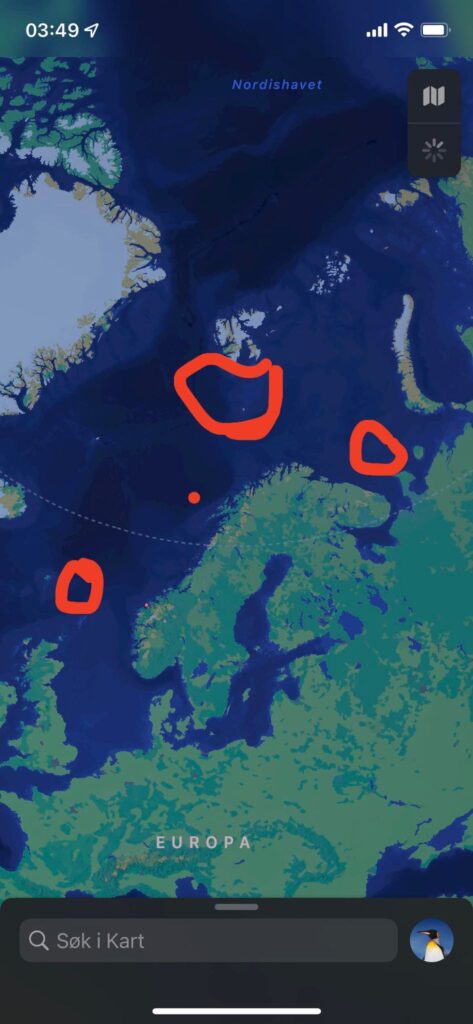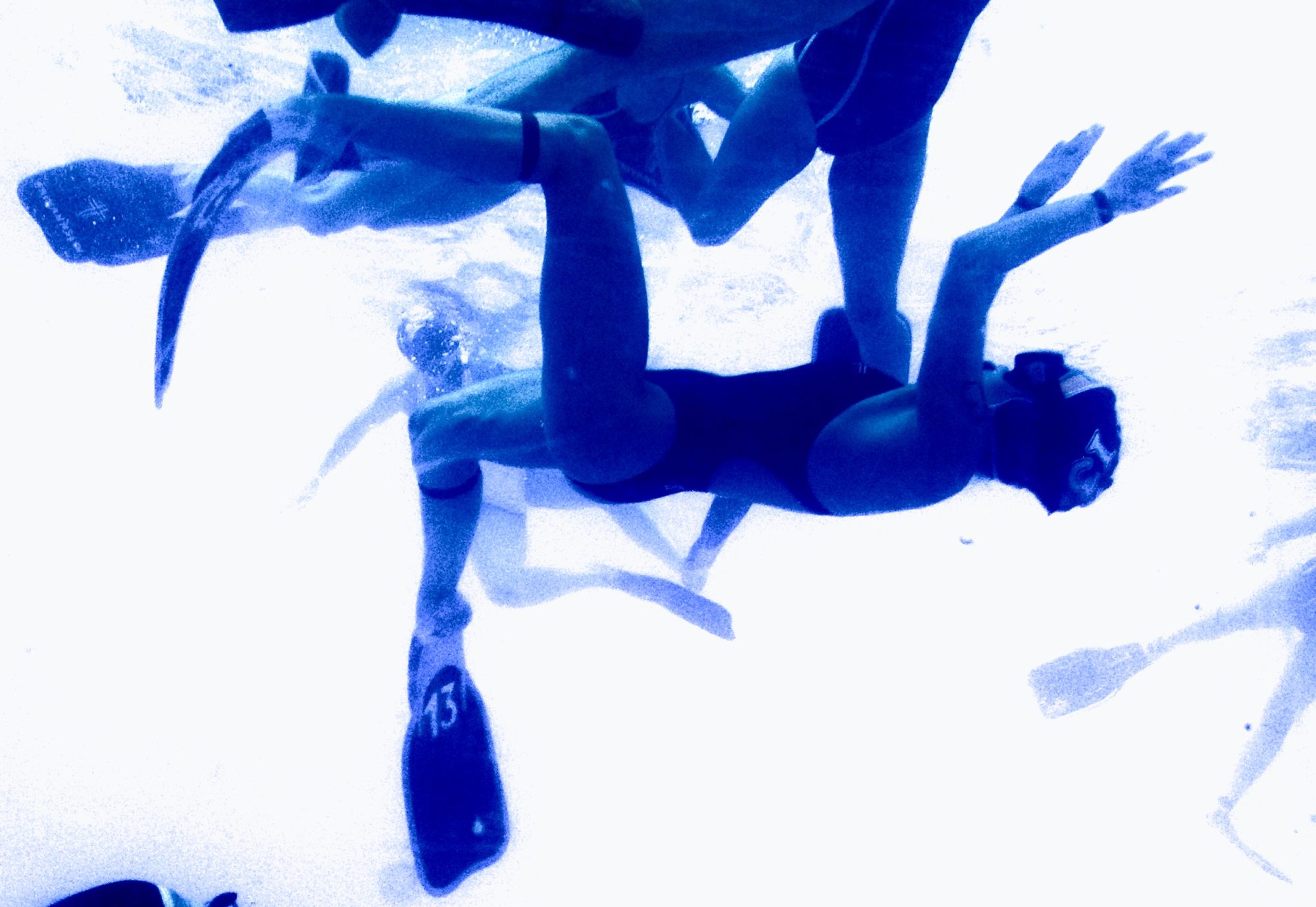Otto Skåre Kverndokk joins mother and uncle among the international elite.
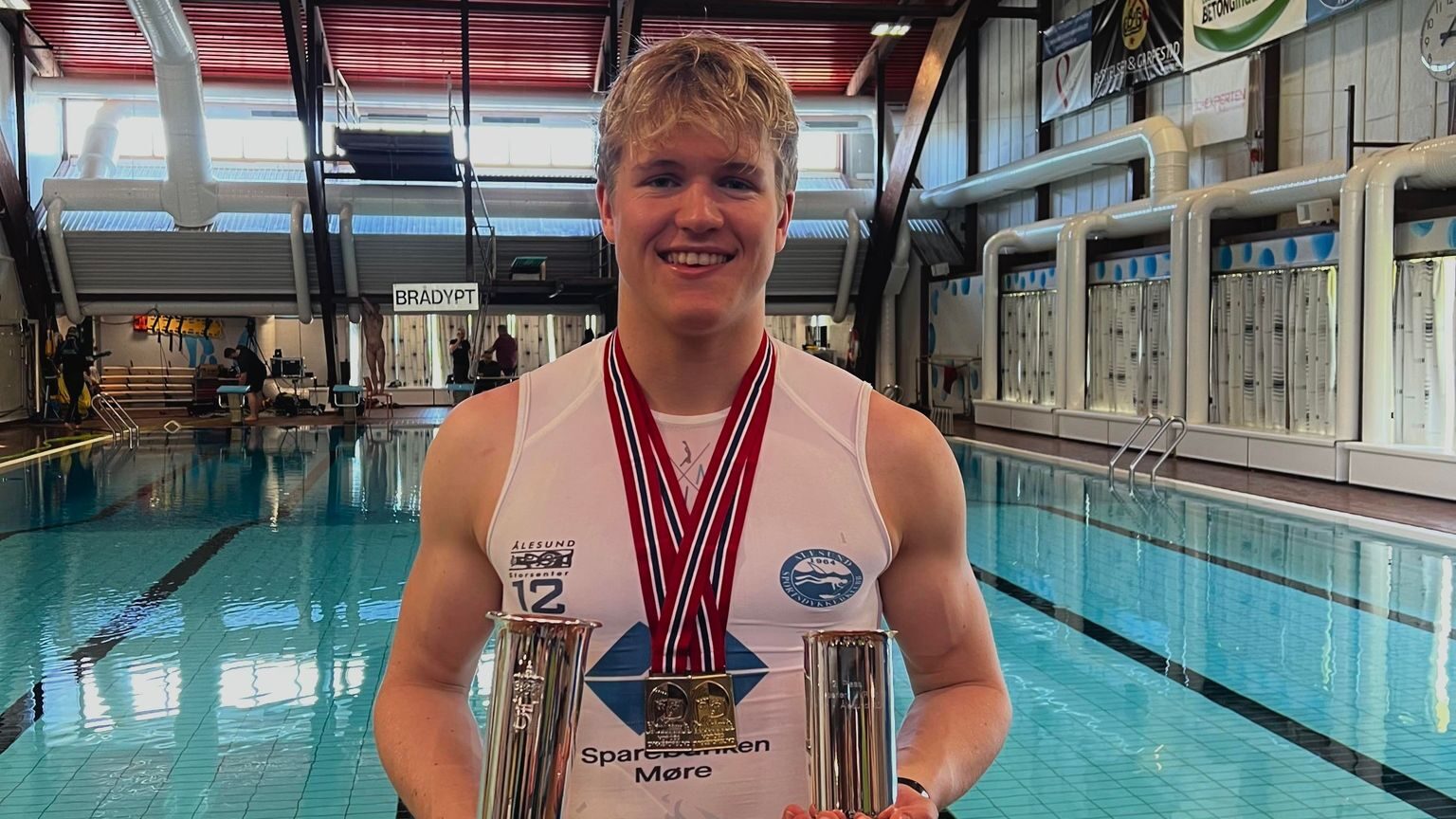
This summer at the European Championships in Stavanger, a new yet familiar name kept popping up—Skåre. When the Norwegian men scored it was sometimes Marius Skåre, a veteran national team player, but more often it was his nephew, 22-year-old Otto Skåre Kverndokk.
The young goalkeeper from Ålesund ended up as his nation’s top scorer. His uncle had a respectable 4 goals in total while he had 14. This placed him number two in the overall goal scoring table, tying him with Germany’s Jochen Schottmüller. Only Schottmüller’s countryman Lukas Tadda, who finished with 17 points, had more.
Kverndokk stands 1.83m and weighs just 80kg. Despite lacking body mass and arm length, Kverndokk has become one of Norway’s top offensive threats. He arrived even as his uncle and mother still compete for Norway.
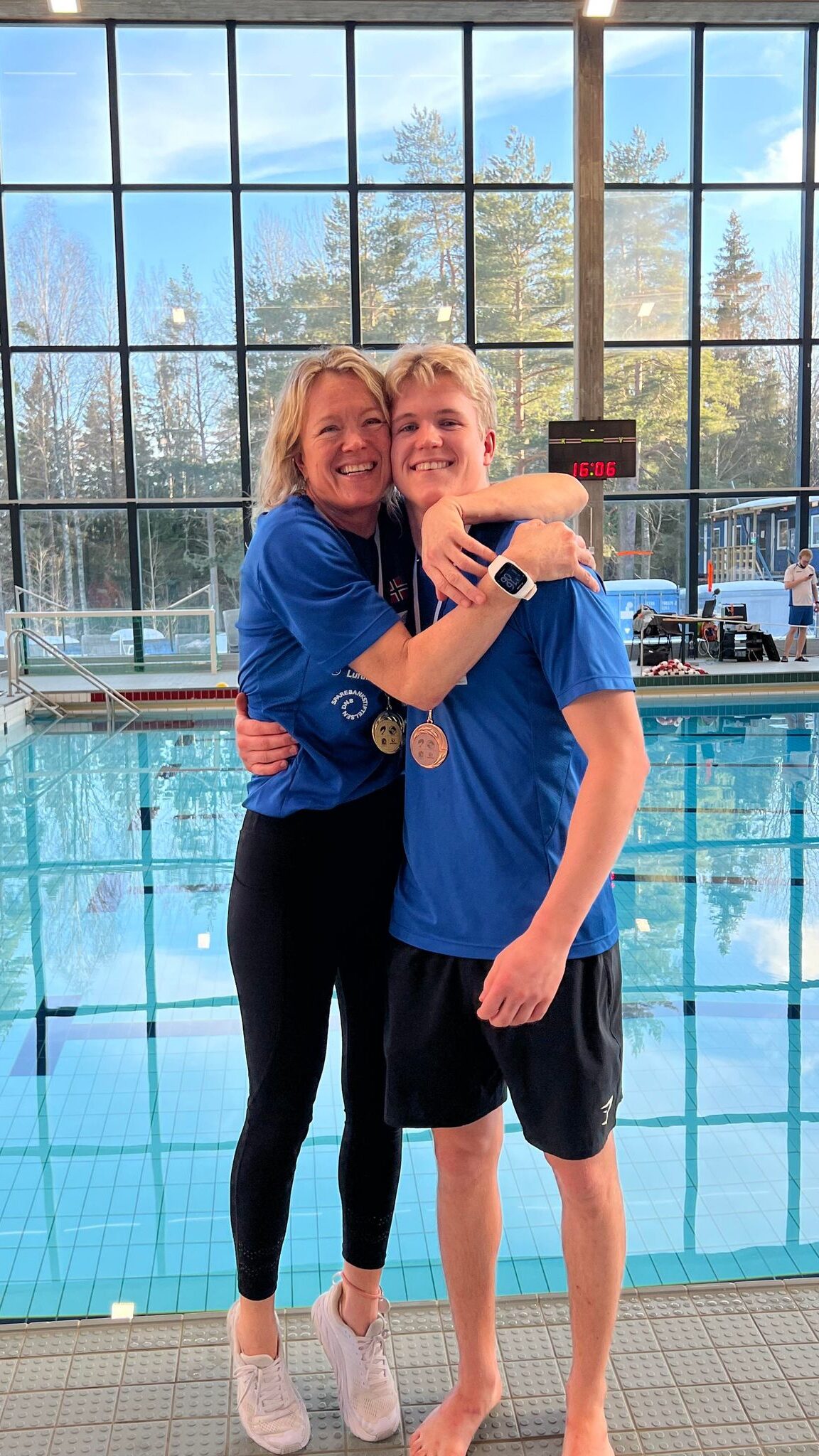
Kverndokk’s mother loves the game so much that even now, verging on 30 years of international play, she intends to fight for her place on the squad going to the World Championships in Montreal next year. It is possible that the three of them will make the journey together.
Kvernkokk’s family connection to the sport is so strong that one might wonder if he was steered into underwater rugby at an early age rather than choosing to play.
“Neither mum nor uncle pushed for me to start playing rugby,” explained Kverndokk, whose younger sister tried the sport but did not continue, Kverndokk had other athletic interests. He ran middle distances in track and played football before finally prioritizing rugby.
“But I probably would never have heard of the sport had it not been for them,” he observed.
As a small boy he sometimes accompanied his mother to her practices. He swam in the shallows, at times observing the drills and scrimaging. Her club, Ålesund, had no junior training program at the time. He first tried playing around the age of 12. A couple of years later the club established a junior program. It was then that began to play regularly with other youngsters. He then gave up football.
Initially he enjoyed rugby a great deal. However, there came a time that he did not look forward to going to the pool. He remembered:
“I have always been quite a bit smaller than the others. There were several times I didn’t want to go to training because I was tired of getting beaten up in the water.”
This was especially so during the transition from junior to senior training.
Kverndokk felt he was just half the size of the largest men: “It helped to have a mother who motivated me and went along with me to practice.”
“If there were days when I wasn’t quite motivated to go, it helped to think that I had an uncle or mother standing on the edge waiting anyway.”
—Otto Skåre Kverndokk
Ålesund and National team player
He is uncertain just how old he was when he played in his first senior domestic league match but guesses that he was 15 at the time. He joined the U21 national team at age 16. He then weighed around 50kg; his height was about 1,70m. His first competition was the 2016 Open European Championship in Sandefjord.
Norway lost its bronze final against Colombia 8-0 but Kverndokk for hungry for more high level matches.
“For me, it was fun to join the team,” he recalled.
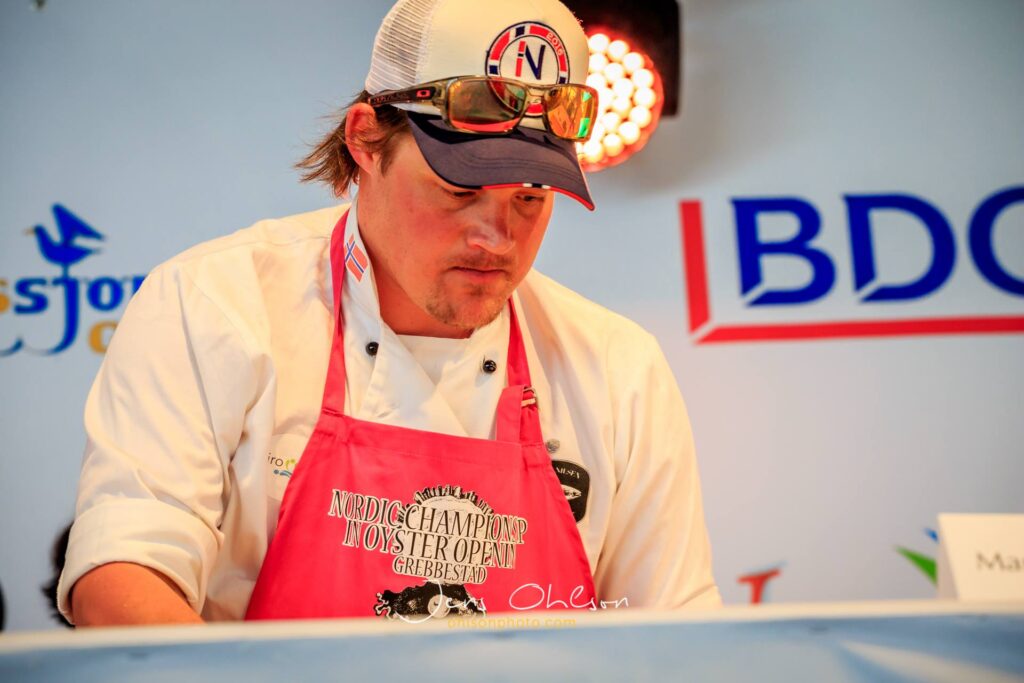
Up until that point he had always played forward, but the U21 coach Marius Bunæs switched him to goalkeeper.
“At that time we had 4 better forwards, so he would have been given less playtime,” remembered Bunæs. “But the most important thing was his reliability: we knew that he would be at his place on the basket until his partner came to switch and that he would return quickly to the bottom to exchange.”
Kverndokk’s positional partner was a clubmate, Vegard Brandal Hansen. To transform Kverndokk into a goalkeeper Bunæs knew that he could count on the uncle to work with the two boys.
“Marius is the best goalie coach in Norway,” said Bunæs, “So Otto and Vegard quickly synched with the rest of the national squad.”
Bunæs added that he was not entirely surprised that his former player has now become an offensive threat at the senior level:
“Goalies can score a lot of goals. Most of them rushing in in counter attacks or entering an attack from the safety position [lying back on offense].
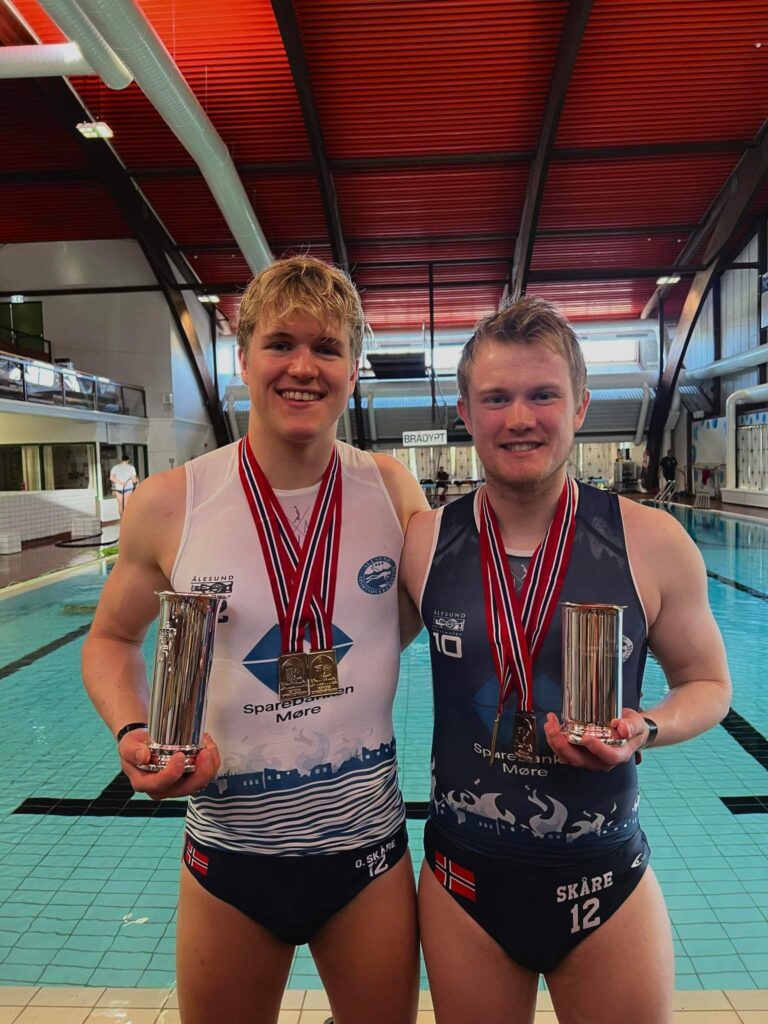
Although two of Kverndokk’s junior teammates in Ålesund, Vegard Brandal Hansen, 25, and André Kalvø, 23, continue to play, most of the others dropped out of the sport. One reason for the attrition, according to Kverndokk, is the need to balance school and work.
At the age 18, he himself went to sea as a crewman on a fishing vessel. Typically, this meant 34 days at a stretch in either North Sea or Barents (around Bjørnøya and Svalbard). For the following three years he could only play rugby during his time off, every other month. In 2021, he enrolled in a two-year deck officer program at the local maritime school, allowing him to attend practice regularly again. This was enough to get him on to the national team for the Nordic Champsionships in 2021.
“After the Nordic Championships I was disappointed because I was unable to take advantage of the opportunities when I got the ball around the goal. After that, I have aimed to get better around the bucket and become a faster and more explosive player.”
Kverndokk was with the right club to improve. Ålesund, whose roster now boasts Iver Bjørnerem, are the current national champions.
“The people I play with are good at moving the ball around when we are in attack,” he said.
His uncle also helped him to do a lot of scoring technique drills. In Stavanger it all came together for Kverndokk, who said:
“I was able to be in the right place at the right time and manage to take advantage of the opportunities I was given. I have focused a lot on how I receive the ball and positioning the ball around the goal and when I make the hit.”
Kverndokk’s success in Stavanger should, barring injury, secure him a spot on the national team headed to the World Championships in Montreal next summer. So it is possible that he will play on the same squad with his uncle again, while his mother is on the women’s team.
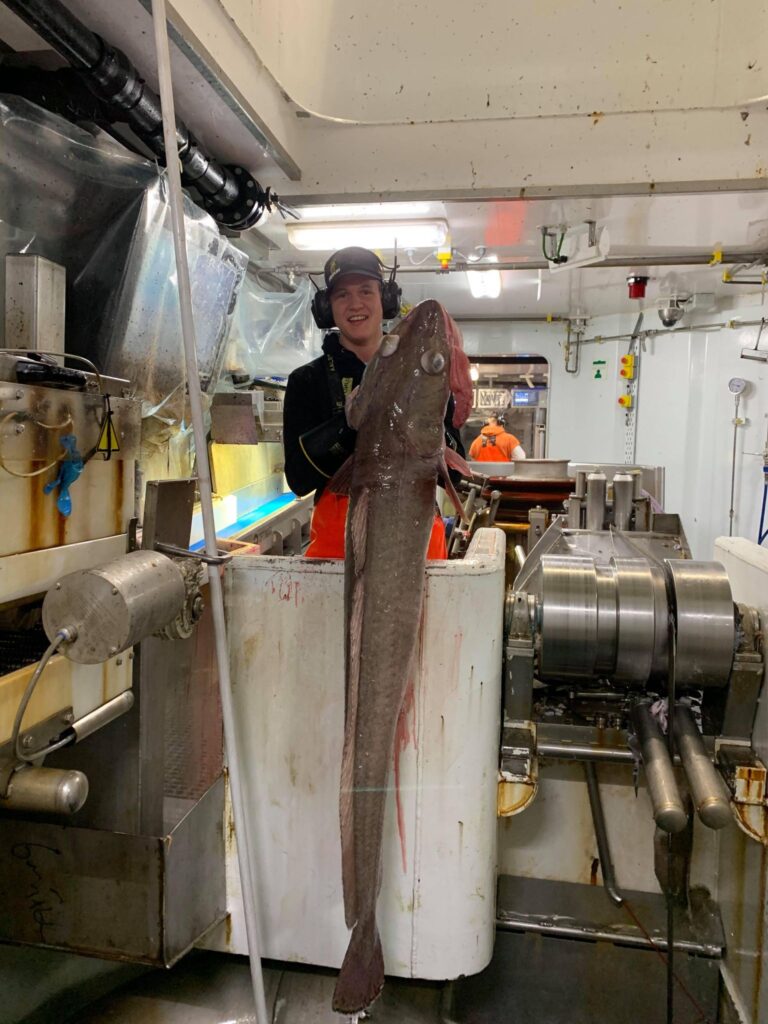
Interestingly, Cecilie Skåre, who quit competitive swimming at age 16, started playing rugby when she was studying in Oslo at the age of 21. The person who convinced her to try the sport was none other than Øyvind Nyhus, the current Norwegian men’s national coach.
Nyhus, who has had a huge impact on the overall development of rugby strategy, has coached both mother and son. He said that the two share similarities on many levels:
“Their instinct and ability to read the game is extremely good. Tactically they are both smart players. Cecilie has extremely good playmaking skills while Otto is excellent at driving the ball out from the defensive end.”
Nyhus expects Kverndokk to be an important player in the big pool in Montreal next summer, although he, like his mother, lacks the weight and strength typical of many elite Norwegian players.
“He needs more experience to deal with players from Colombia, Germany and Denmark because of the way they hold the ball so tightly to the body,” observed Nyhus, “So he will need to put in a lot of hours in the gym next year.”
Kverndokk said that he is considering taking a year off from the sea to focus on rugby.
“I haven’t decided anything yet,” he said.
